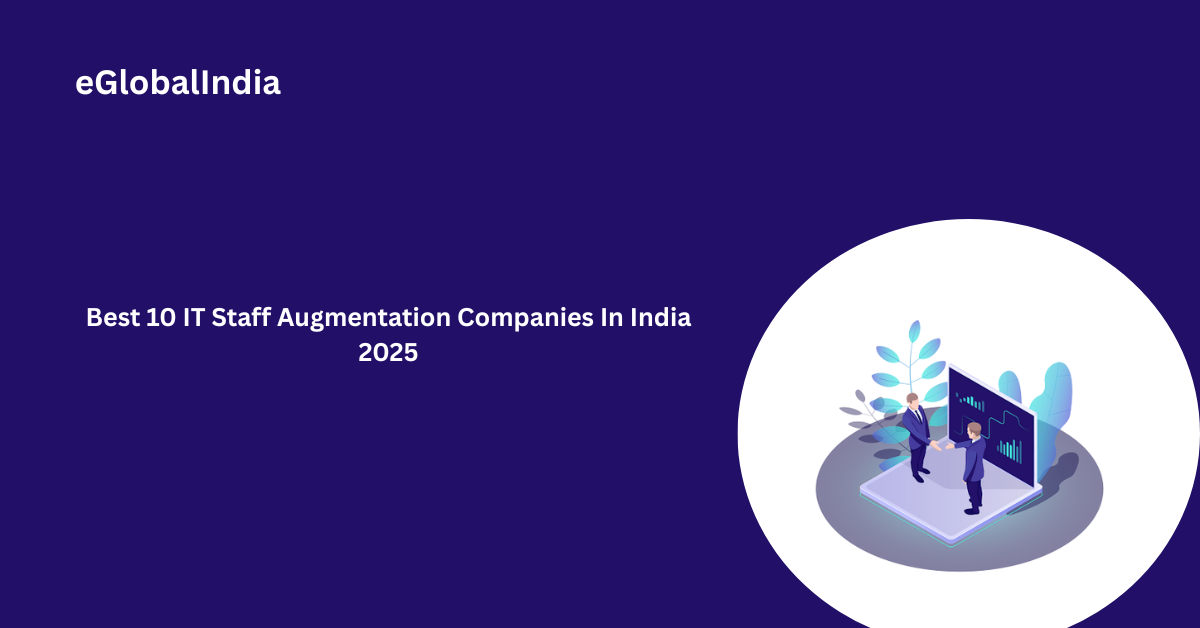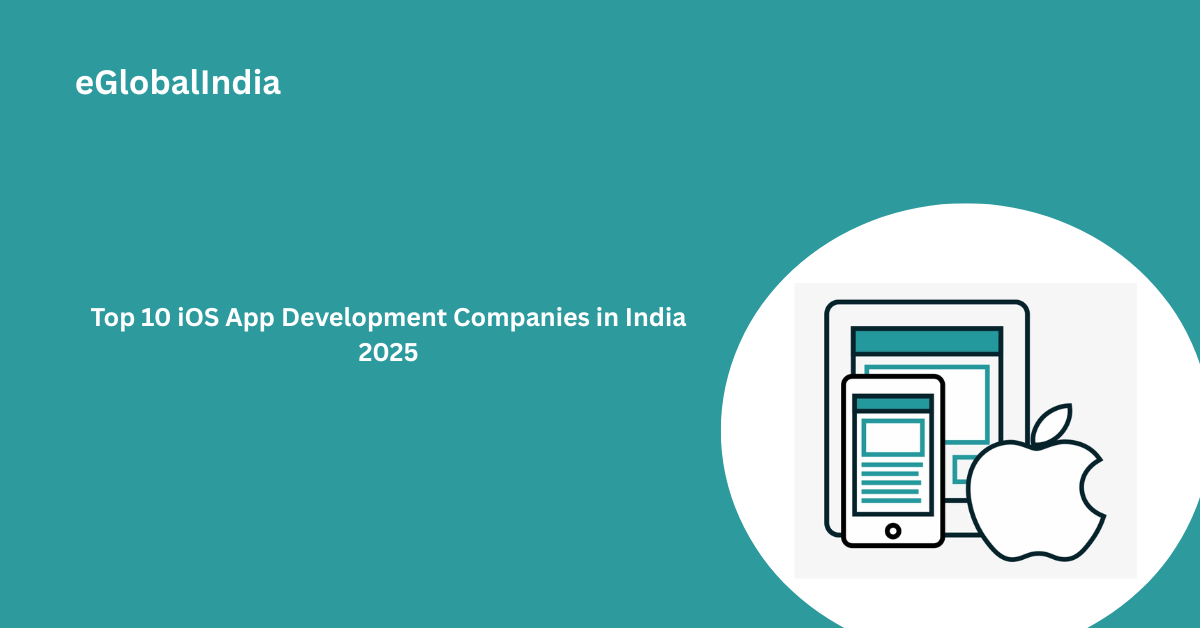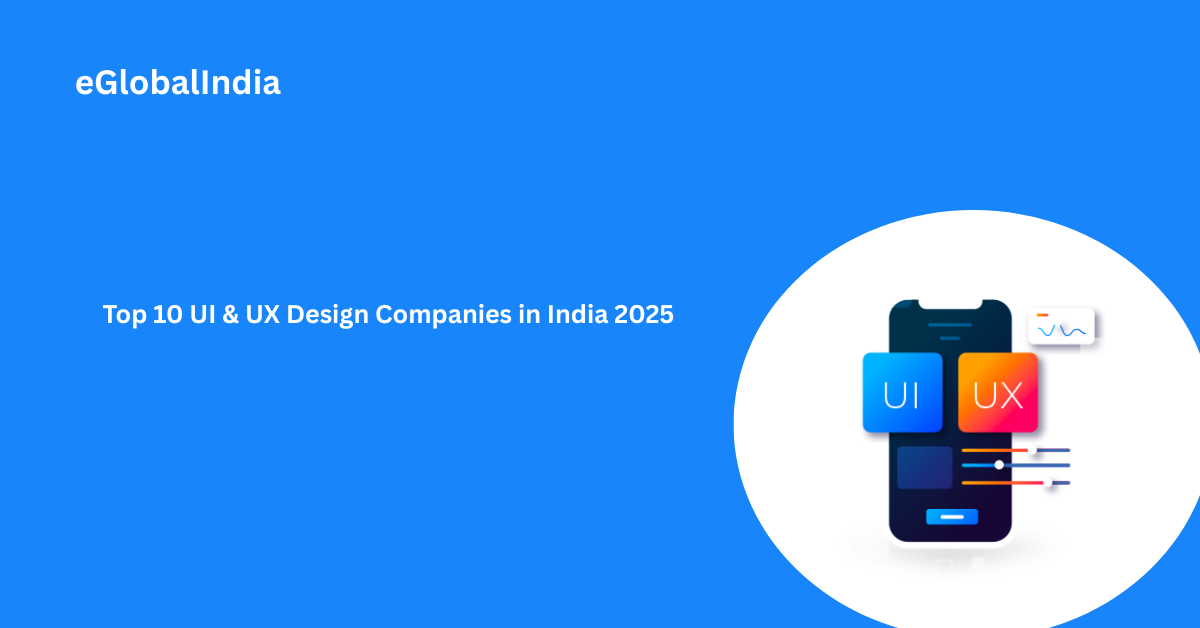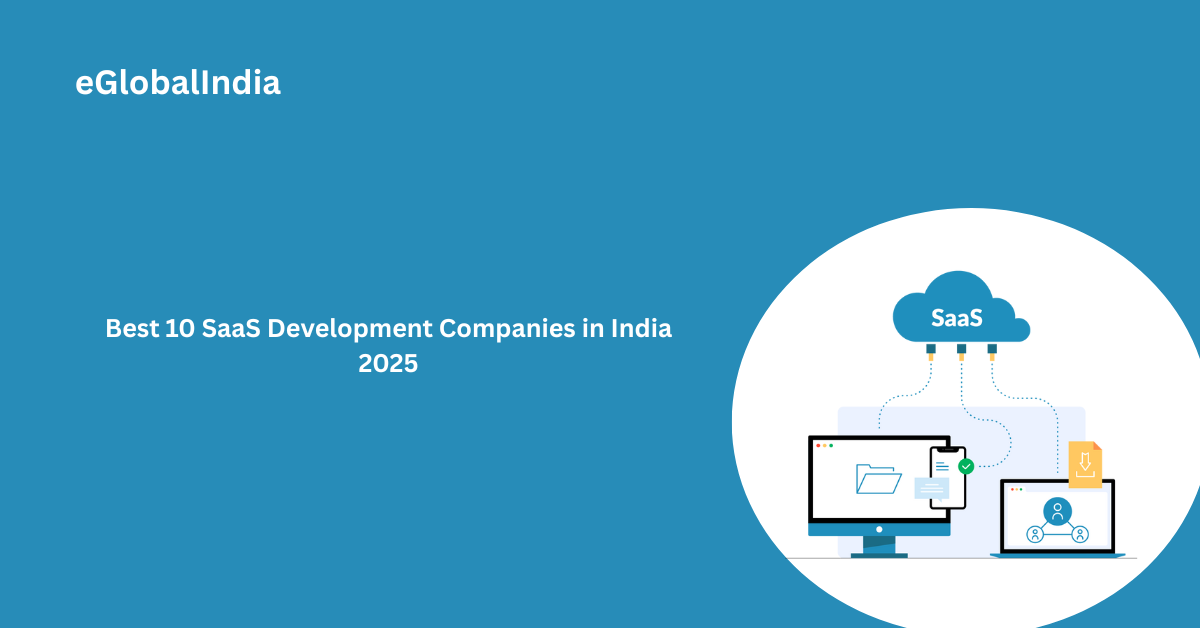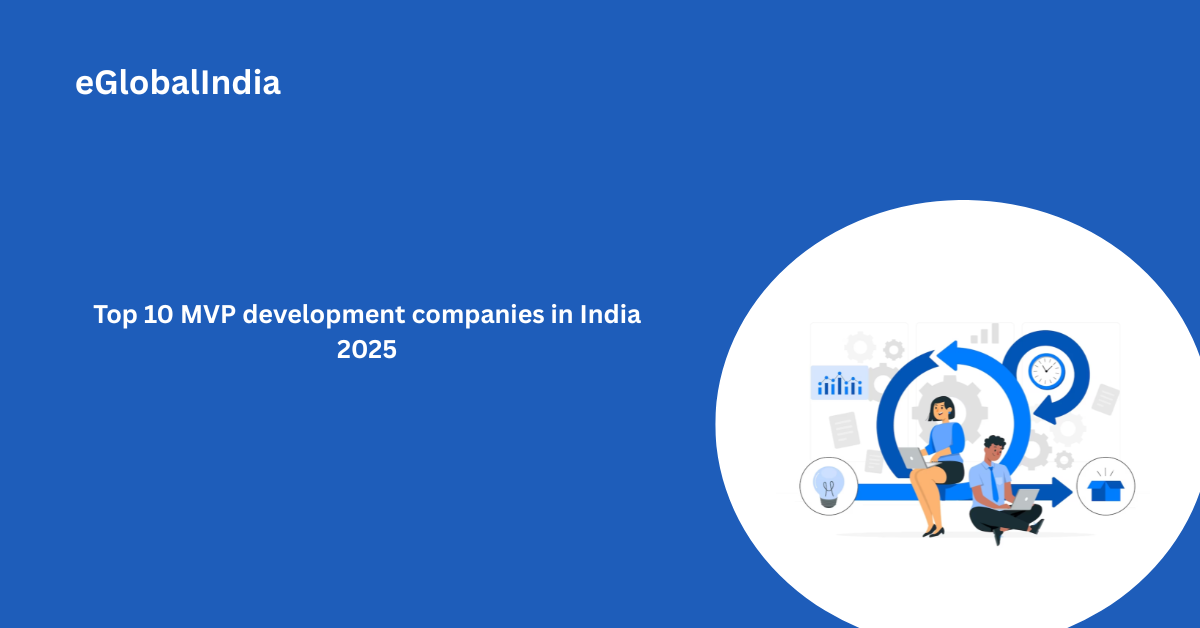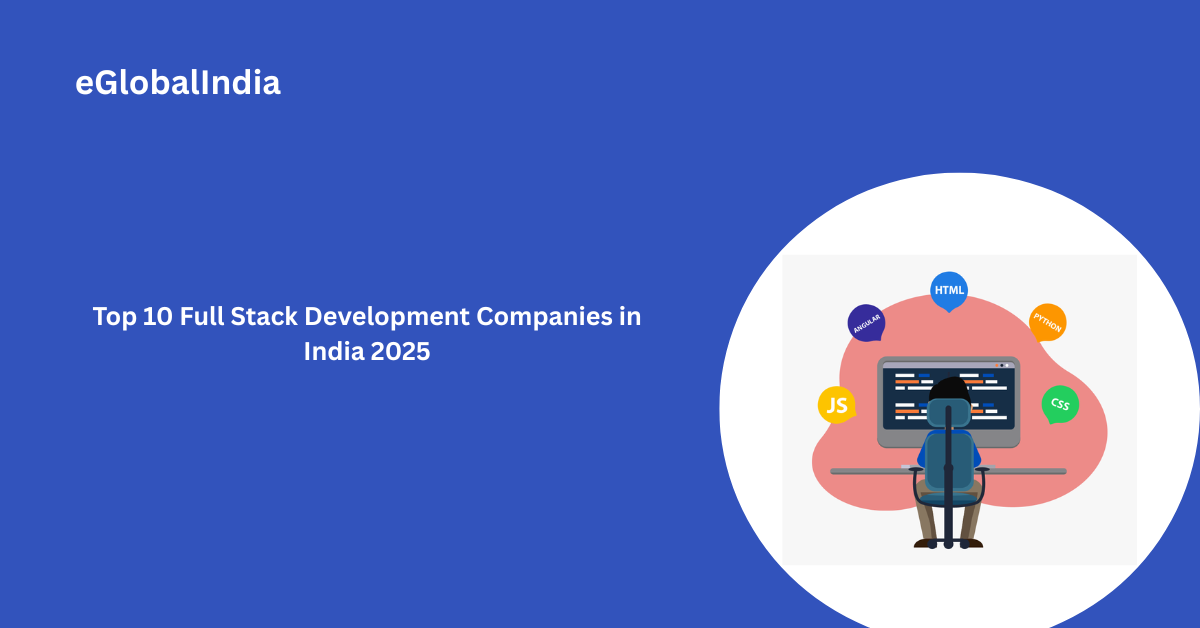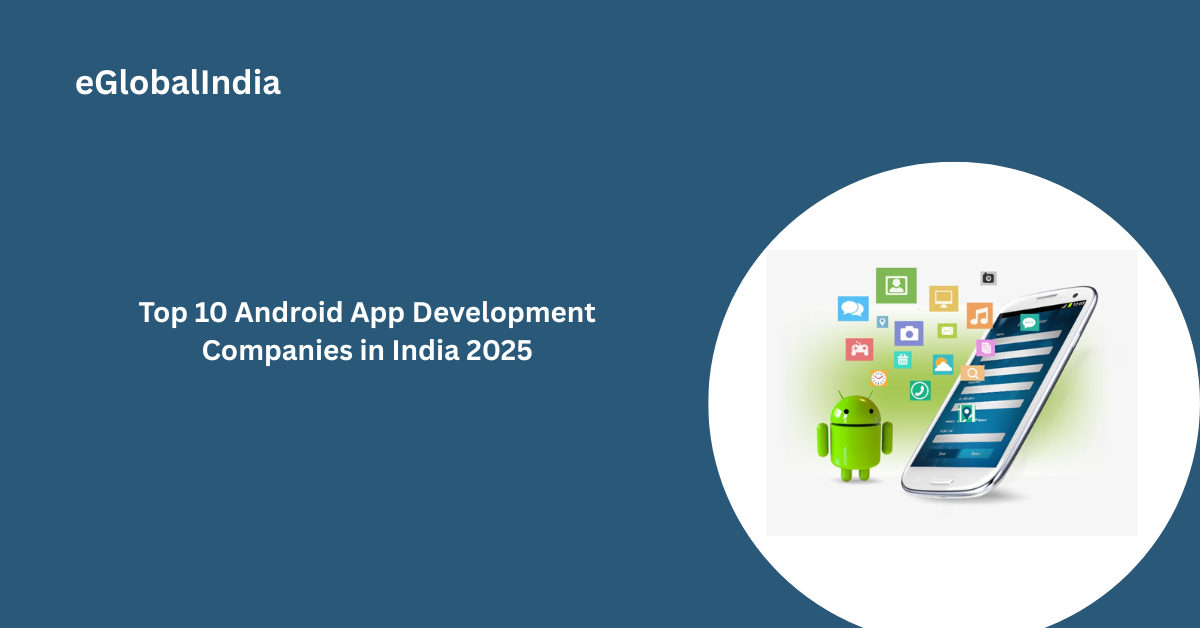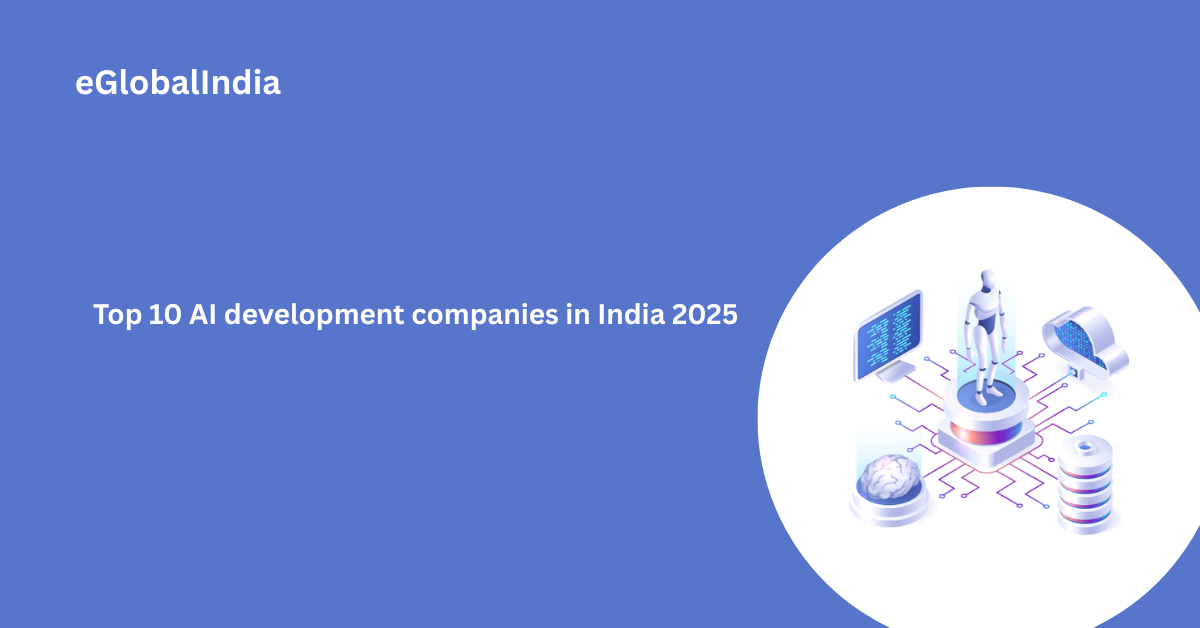India has become one of the top destinations for IT staff augmentation, thanks to its large pool of skilled professionals and cost-effective services. Many global companies now rely on Indian companies to fill talent gaps, scale projects quickly, and access expertise in areas like software development, cloud, AI, and cybersecurity. With so many choices available, it can be difficult to know which companies truly stand out. To make things easier, here is a list of the best 10 IT staff augmentation companies in India 2025, chosen for their reliability, talent strength, and ability to deliver quality results.
1. Aalpha Information Systems
Aalpha Information Systems is a leading IT company in India that has successfully completed over 5,000 projects in more than 41 countries. The company works with many industries such as healthcare, online shopping, travel, education, banking, transport, media, advertising, and automotive. It helps businesses of all sizes grow by providing skilled IT staff and reliable solutions. With more than 1,850 happy clients around the world, Aalpha is known for its experience, trustworthiness, and delivering projects on time. Whether it is a small business or a large organization, Aalpha has proven its ability to meet different needs effectively.
Services :
- IT Staff Augmentation
- AI Development
- Software Development
- SaaS Development
- Web Development
- Web Design and UI/UX Design
- Software Testing
- Mobile App Development
- Ecommerce Development
- WordPress Development
- MVP Development
2. Eglobalindia
Eglobalindia is an IT staff development company in India with more than 10 years of experience. The company has a strong team of skilled and experienced developers who can handle different types of IT projects. They have served over 2,000 satisfied clients, and many of these clients come back with new work. With 50+ experts on board, the company delivers reliable and professional solutions. Their focus on quality and timely delivery makes them a trusted choice for businesses looking for IT support and development services.
Services :
- IT Staff Augmentation
- Custom Software Development
- Web Design & Development
- Software QA Testing
- Mobile App Development
- Ecommerce Development
- Application Development
3. Algoscale Technologies, Inc.
Algoscale Technologies, Inc. is known as a trusted name in data analytics and software development. The company works with advanced areas like big data, machine learning, and predictive analytics. Many clients praise their strong technical skills, clear way of communicating, and focus on keeping customers happy. What stands out the most is that they are said to complete all projects on time, which builds confidence among businesses that work with them.
Services :
- IT Staff Augmentation
- BI & Big Data Consulting & SI
- Custom Software Development
- AI Development
- Cloud Consulting & SI
- Product Design
- Web Development
- Web Design
4. KiwiQA Services
KiwiQA Services is a well-known company in the field of software testing and quality assurance. The team has strong skills in areas like security testing, performance testing, and test automation. Many clients speak highly of their work, often pointing out good communication, flexibility, and strong results. In fact, more than 90% of the feedback highlights successful projects and positive experiences. A few reviews mention that pricing could be improved, but overall, KiwiQA is seen as a trusted and reliable partner for delivering high-quality testing solutions.
Services :
- IT Staff Augmentation
- Application Testing
- Cybersecurity
5. Fronseye Technologies
Fronseye Technologies is a digital development company known for building easy-to-use websites and platforms that match the exact needs of each client. The company has earned strong praise from clients, with many highlighting their dedication, careful attention to detail, and smooth project handling. What makes them stand out is the way they combine solid technical skills with designs that focus on real user needs. This approach has helped many projects succeed and left clients highly satisfied.
Services :
- IT Staff Augmentation
- IT Managed Services
- Custom Software Development
- API Development
- Web Development
- Application Testing
- Mobile App Development
- E-Commerce Development
6. Zackriya Solutions
Zackriya Solutions is known for offering IT staff augmentation services that help businesses get the right tech talent without the extra hiring burden. Many clients have shared that working with them has led to almost 60% cost savings, which makes their services stand out in today’s competitive market.Reviews also mention that the company is appreciated for its on-time delivery and clear communication, which builds trust with clients. Another highlight from the feedback is their ability to set up virtual teams effectively, making remote collaboration smooth and hassle-free.While the overall feedback is very positive, with nearly all reviews praising their cost-effectiveness, a few clients have suggested that faster candidate screening could make the service even better.
Services :
- IT Staff Augmentation
- AI Development
- Custom Software Development
- IoT Development
- Application Testing
- Web Design
7. Eqaim Technology & Services
Eqaim Technology & Services is a well-regarded technology company known for its work in mobile app development and web solutions. Clients often share very positive experiences, with many noting that the team communicates clearly, understands project needs quickly, and delivers quality results. Reviews also mention strong project management and a professional approach that stays aligned with client expectations. Because of these qualities, many see Eqaim Technology & Services as a trusted and reliable partner for digital projects.
Services :
- IT Staff Augmentation
- Cloud Consulting & SI
- Custom Software Development
- BI & Big Data Consulting & SI
- Mobile App Development
- Web Development
8. Opcito Technologies
Opcito Technologies is known as a trusted company in DevOps and software development. The team has strong skills in cloud infrastructure, frontend development, and even specialized areas like creating MS Office add-ins. Clients have shared only positive feedback about their work, praising them for finishing projects on time and maintaining clear communication throughout. One of the main strengths of Opcito Technologies is the quality of people they bring into projects. Clients often highlight how the company’s leadership, including the co-founders, stays actively involved, which adds to the team’s energy and spirit. Because of this mix of technical ability and teamwork, many businesses see them as a reliable partner for important projects.
Services :
- IT Staff Augmentation
- Cloud Consulting & SI
- Enterprise App Modernization
- Custom Software Development
- Application Management & Support
9. DgCrux Technology
DgCrux Technology is known as a reliable IT staff augmentation company. They focus on providing skilled professionals for IT staffing, managing technical projects, and offering digital marketing support. Many clients, almost 9 out of 10, appreciate the team for being professional and completing work on time. Their flexible way of working and ability to match project needs has also earned them positive reviews. A few clients have suggested that the company could further strengthen its services by adding more expertise in the field of artificial intelligence.
Services :
- IT Staff Augmentation
- AI Development
- Web Design
- Mobile App Development
- Custom Software Development
10. Codevian Technologies Pvt. Ltd.
Codevian Technologies Pvt. Ltd. is known as a reliable software development company that works on a wide range of projects. The company provides services in web development, mobile app development, custom software solutions, and building dedicated teams for technology-driven projects.Reviews from clients often talk about their strong project management skills, clear communication, and ability to adjust to changing needs. Nearly 90% of the feedback highlights their flexibility and problem-solving approach, which makes them stand out in the industry. Businesses also value them for delivering cost-effective solutions while staying true to the values and goals of the companies they work with. This balance of quality, affordability, and commitment has helped Codevian earn trust among many clients.
Services :
- IT Staff Augmentation
- E-Commerce Development
- Web Development
- Mobile App Development
- Custom Software Development
Final Words
Finding the right IT staff augmentation partner is not only about cost savings but also about trust, communication, and long-term value. The companies highlighted here represent some of the best options in India, offering both skill and flexibility to meet different project needs. For businesses planning to expand their teams or tackle complex projects, these companies can provide the right support to ensure success in 2025 and beyond.

